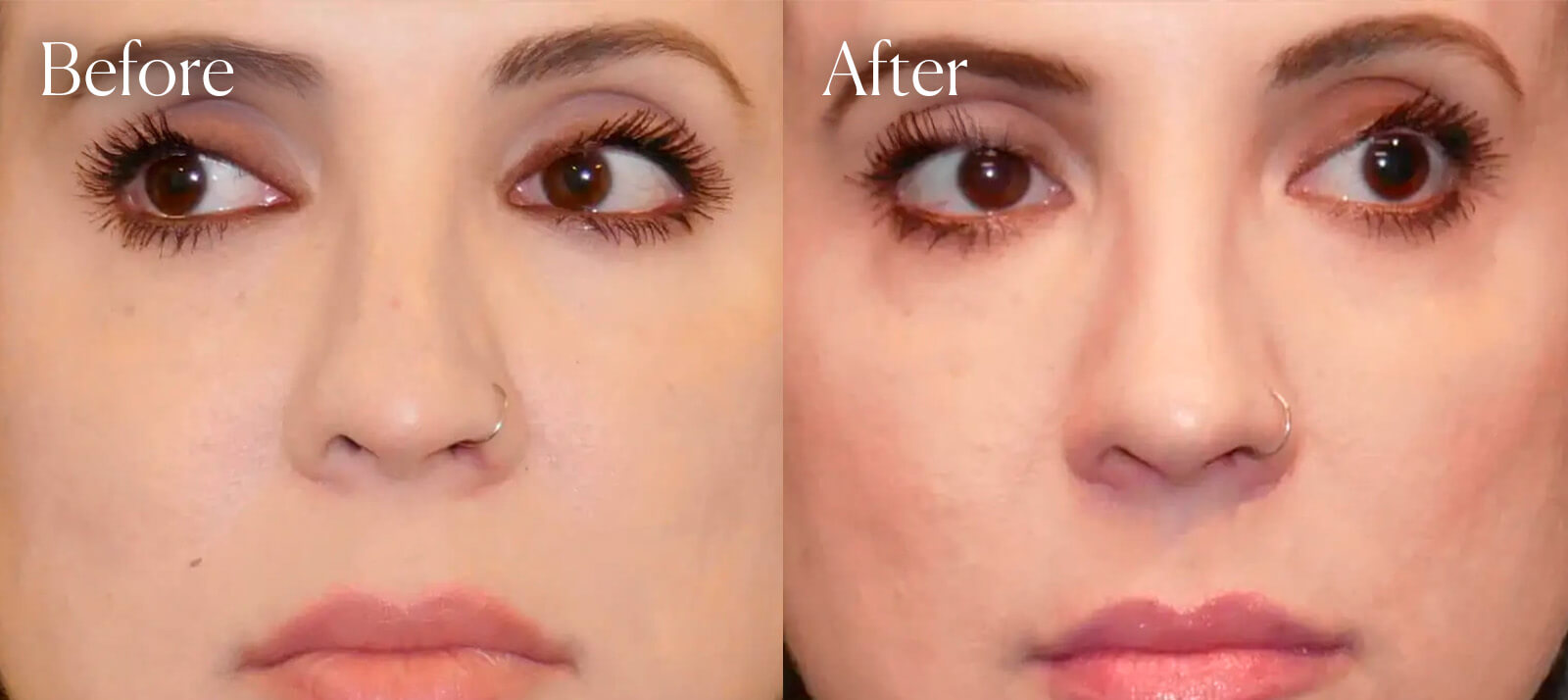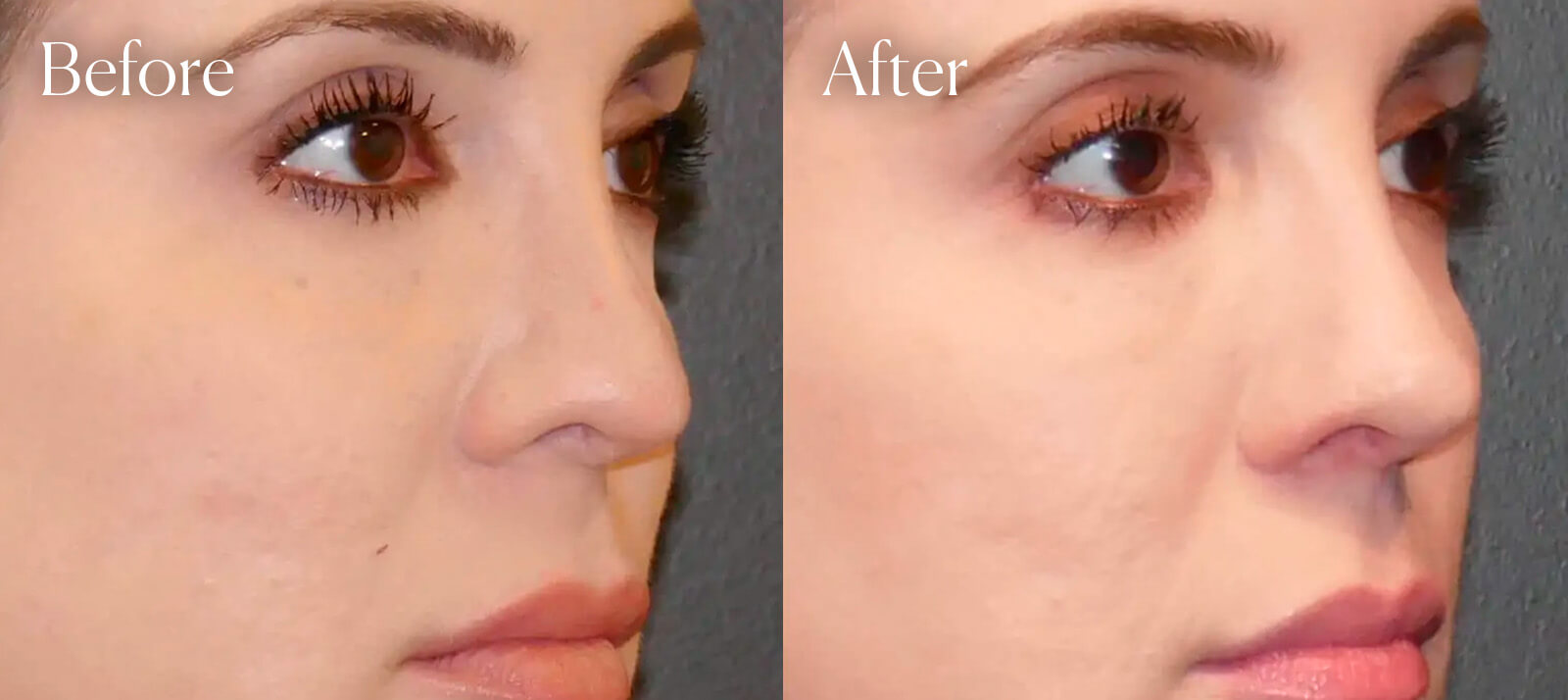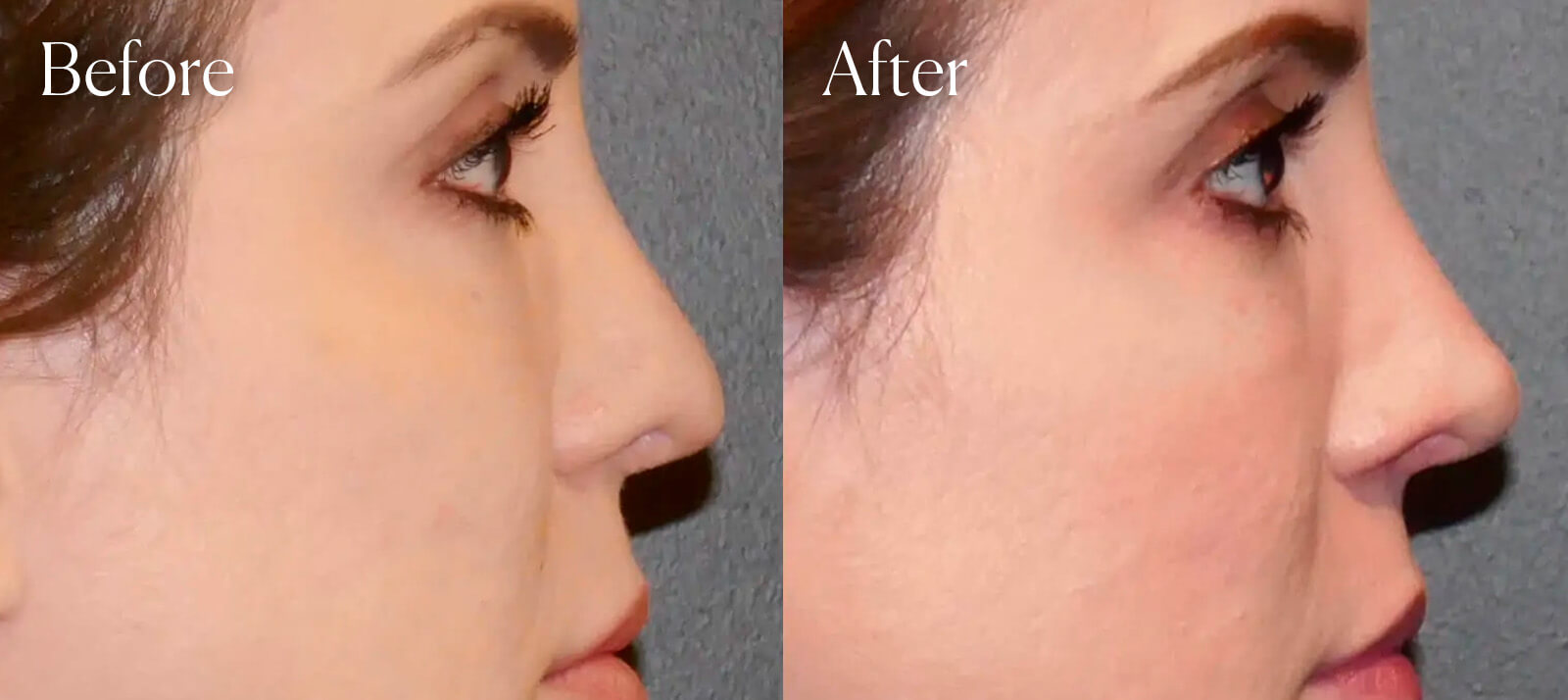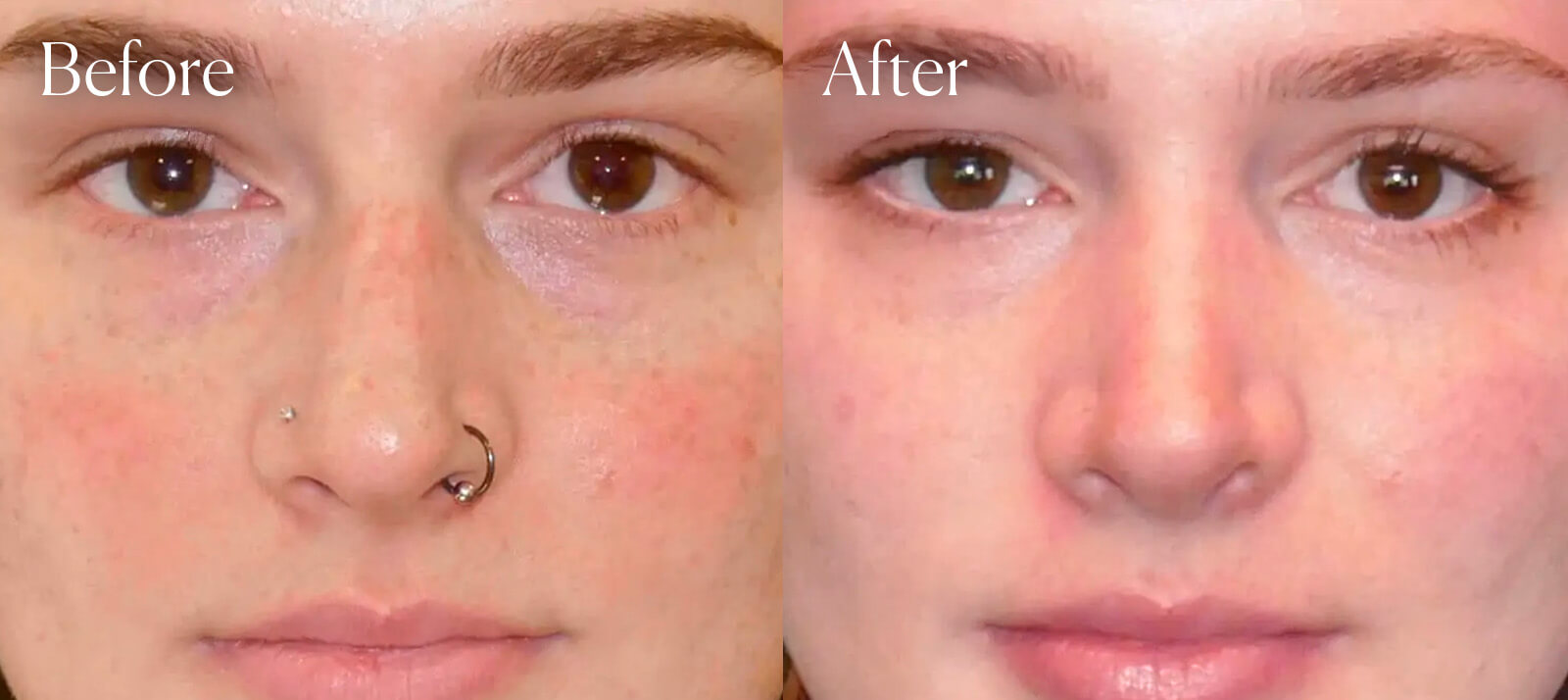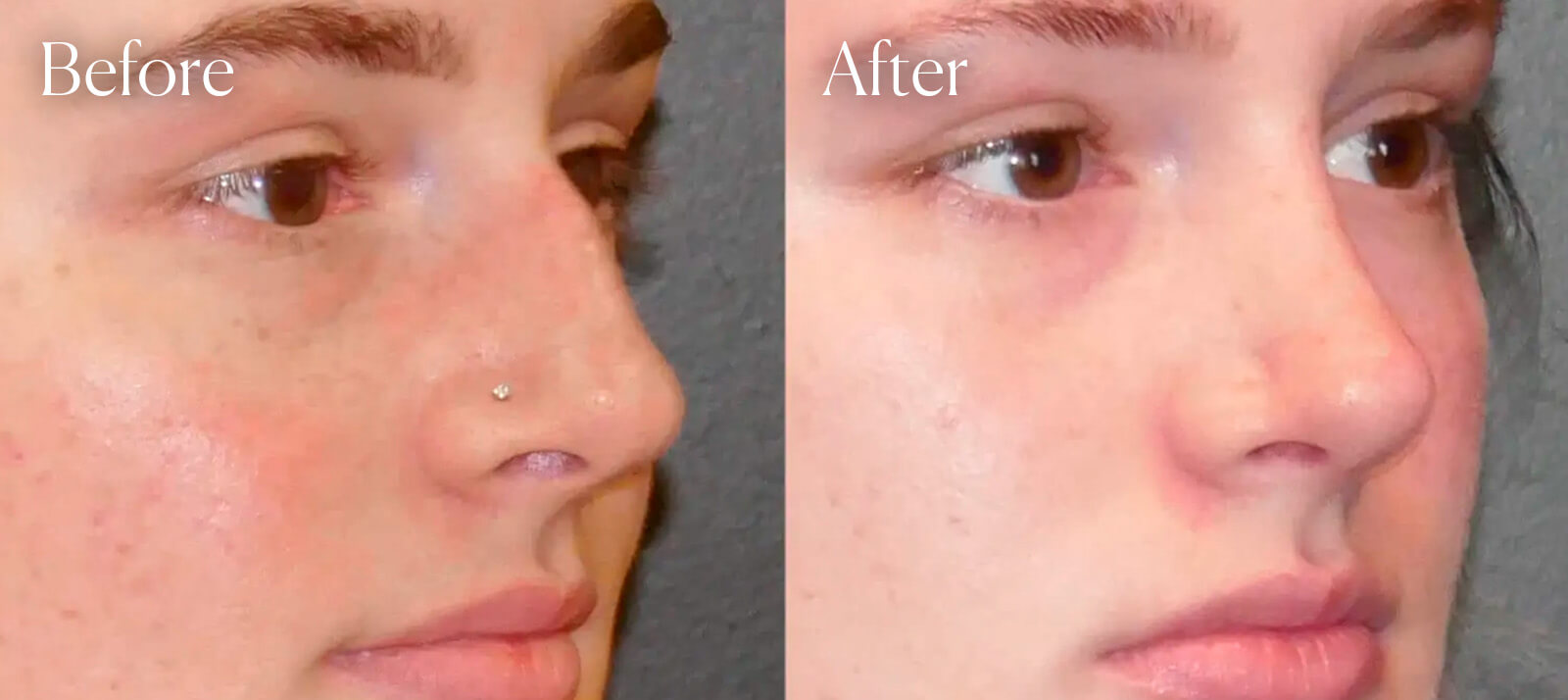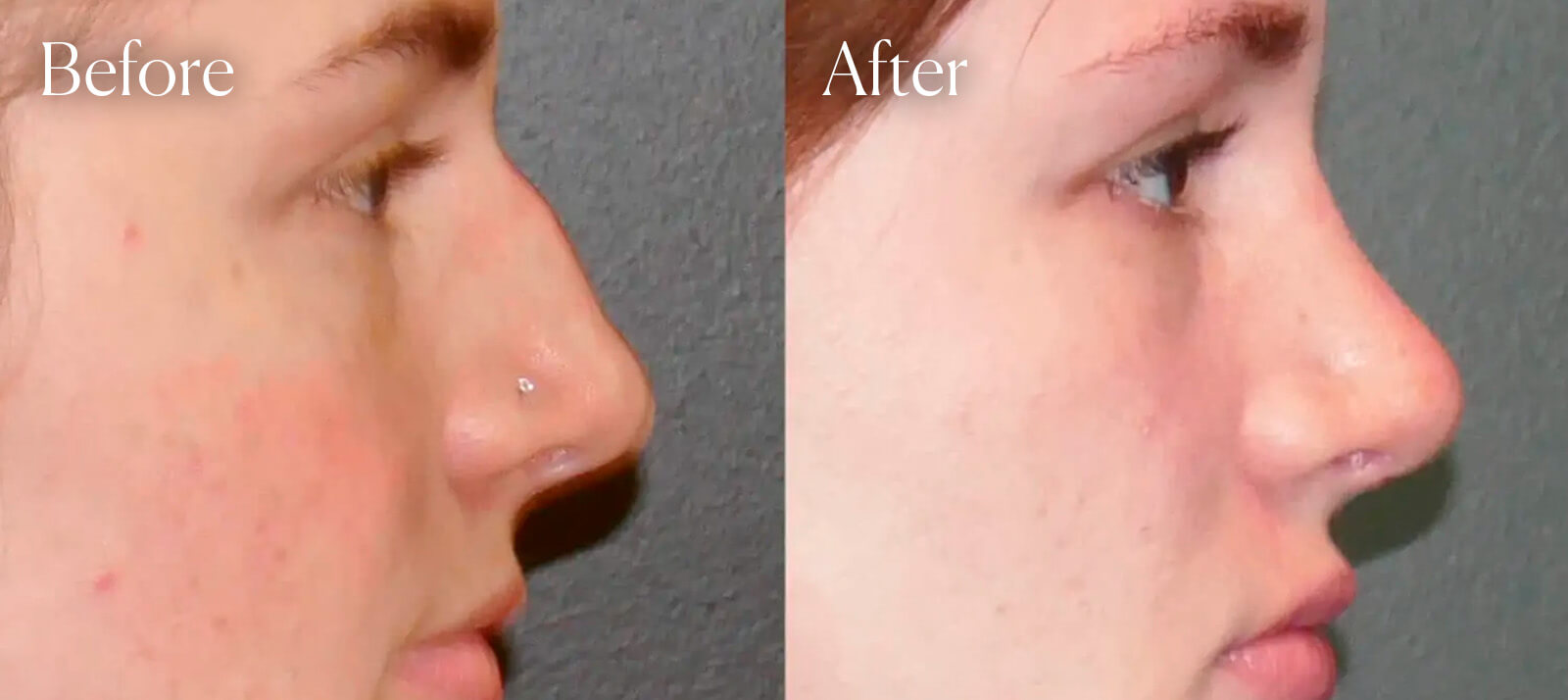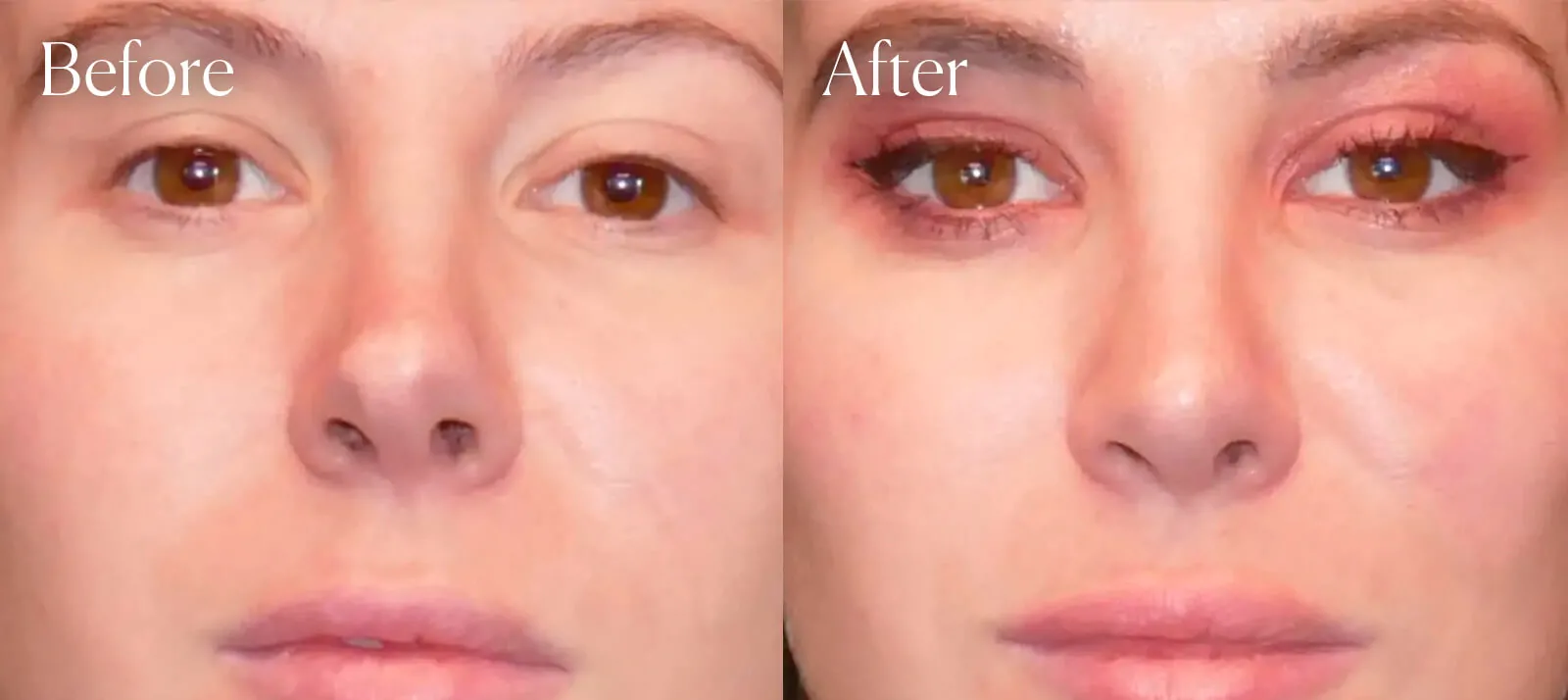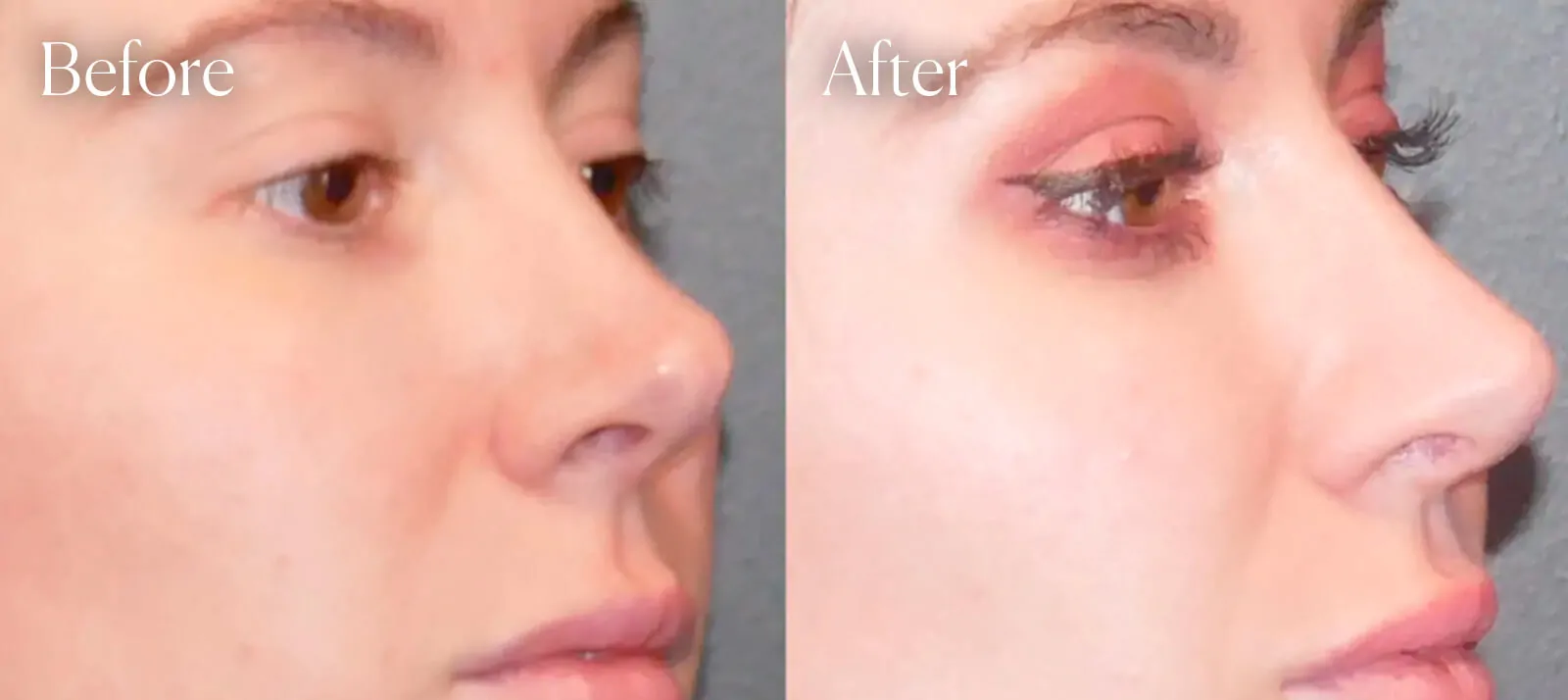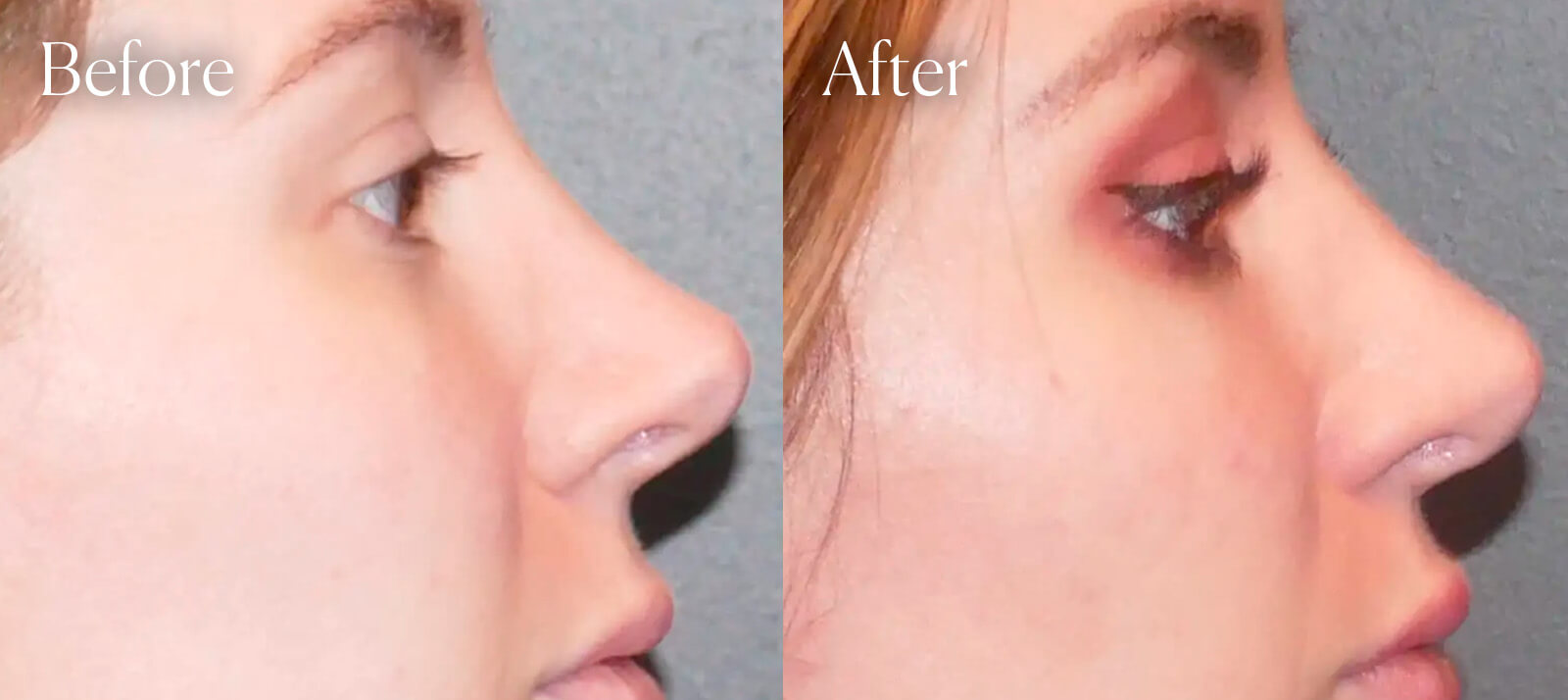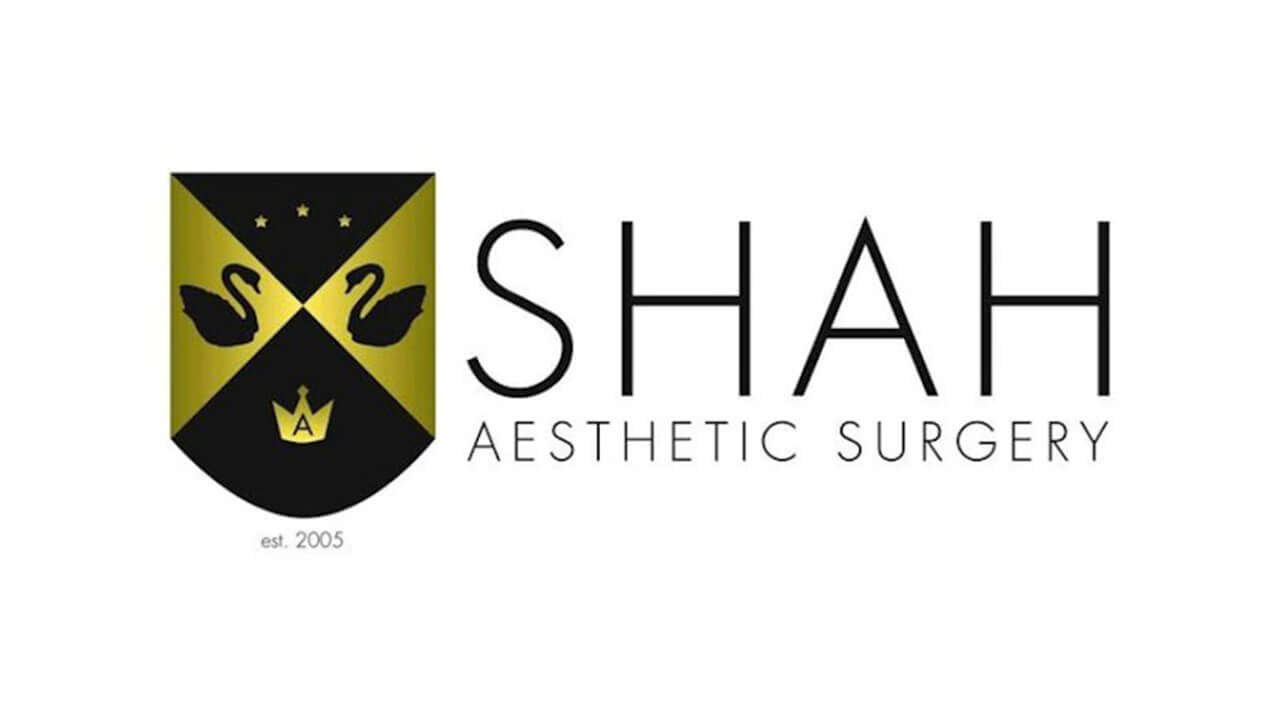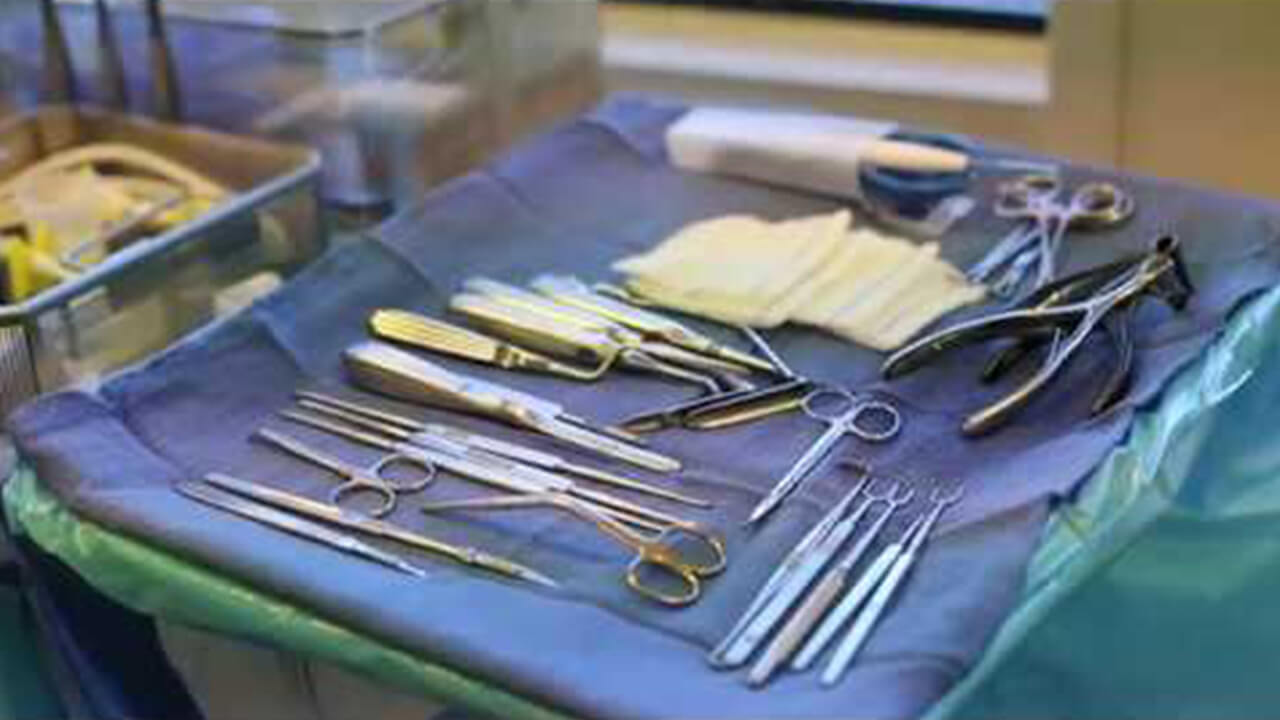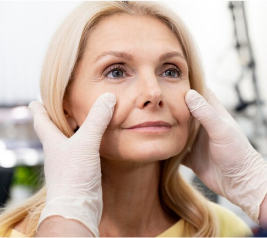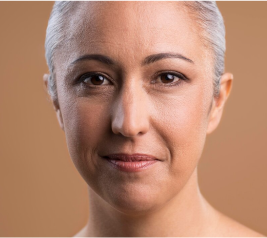Revision Rhinoplasty
in Denver, CO

Denver Revision Rhinoplasty
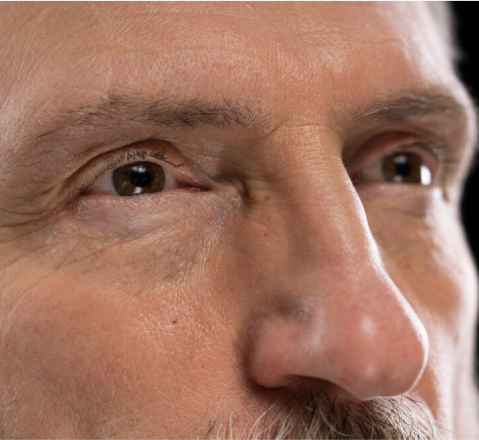
Revision rhinoplasty is a term to describe a nose surgery procedure to correct problems or deformities that are the result of a previous rhinoplasty. There are many reasons a rhinoplasty may fail to produce the desired results, but in any case, it can be an exceptionally traumatic event to face. Dr. Manish H. Shah is a specialist in revision rhinoplasty in South Denver, with knowledge of many advanced techniques to help patients with postoperative nasal deformities.
Revision rhinoplasty makes up at least 30% of the rhinoplasty operations Dr. Shah performs each year. Revision rhinoplasty is generally considered the hardest procedure amongst all cosmetic surgeries due to the fact that once a nose has been operated on, there are multiple soft tissue types that are now scarred. Skin, mucosal lining, cartilage, fat, and bone are all damaged in the process of performing the initial rhinoplasty, plus blood supply to the nose is altered and is usually diminished.
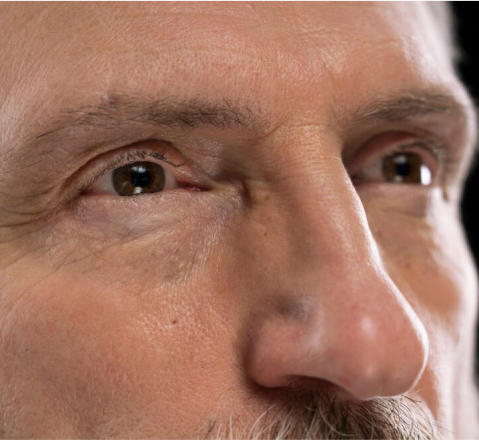
What Are The Benefits Of Rhinoplasty Surgery?
An individualized revision rhinoplasty fashioned and executed by Dr. Shah can help you achieve the look you want with both cosmetic and functional advantages, including:
- Rectifying a preexisting rhinoplasty that had unfavorable outcomes
- Reducing or increasing nose size
- Remodeling injured nasal tissue and structures
- Stabilizing facial uniformity and congruence
- Optimizing your ability to breathe by broadening air passages
- Decreasing snoring and sleep apnea
- Acquiring a look you are happy with
- Creating a rejuvenated and more energetic aesthetic
- Optimizing self-esteem
Candidates For Revision Rhinoplasty

You could be a good candidate for secondary or revision rhinoplasty if you want to change or repair the complications from your previous nose surgery. Rhinoplasty revision is usually performed to restore or change the shape and function of your nose. You should be prepared for a lifetime solution and have pragmatic expectations before going into a revision rhinoplasty surgery. In addition, you should know that this surgery can be more difficult than each previous rhinoplasty procedure.

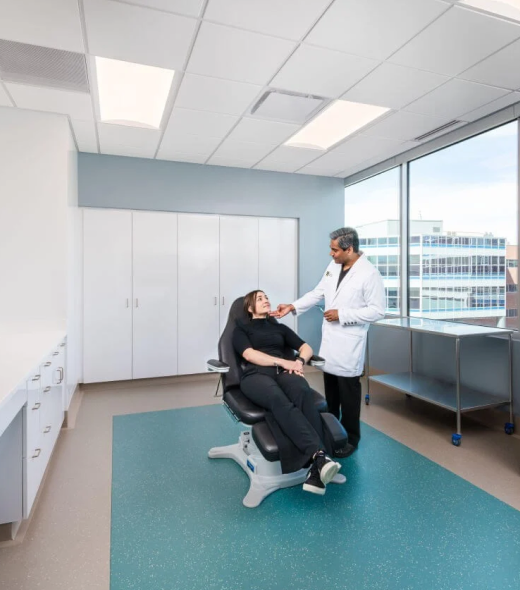
Facial Plastic Surgery Technique
Full Rhinoplasty Revision
When the initial rhinoplasty results in unsightly features, it can be difficult for the plastic surgeon to revise the initial surgery. Open rhinoplasty is the ideal technique because it allows the doctor access to the nose’s supporting framework and corrects the internal structure of the nose as originally intended. It may involve re-cutting and reattaching the cartilage or bone. It may even need skin, tissue, or fat grafting to make sure the aesthetic intent is achieved. The peeled skin will be draped back, and a nose splint or packets may be provided to aid with healing.
Touch-Up Rhinoplasty
Similarly, secondary rhinoplasty may be necessary to adjust minor issues from the initial surgery. It may be a case of slight unevenness or misshapen contours. In these cases, the first surgeon is often the one who will perform the touch up as the procedure is less complex and typically involves minor techniques, such as slight shaving of the bone, augmentation or reduction for volume issues. The results from minor revision rhinoplasty are mostly satisfying.
During/After Surgery: Revision Rhinoplasty Recovery
Oftentimes, damaged cartilage will need to be virtually rebuilt from scratch to create the new nasal skeleton. Sometimes, too much cartilage was removed during the initial rhinoplasty surgery, and now it needs to be put back to fix the nose and improve its support. To build a new nasal skeleton, graft material or cartilage may be harvested from one of three areas of the body: the nasal septum (septal) cartilage, ear (conchal) cartilage, or the rib (costal) cartilage. In extreme cases, Dr. Manish Shah has taken split calvarial (skull) bone to rebuild noses. These particular cases require the use of titanium hardware to fix the bone in place.
There are pros and cons to the use of each of these materials, which should be discussed between the patient and Dr. Manish Shah. In some cases, the damage may be too severe, so synthetic tissue may be used instead. Another possibility is that all of the above materials may be used, both the natural and synthetic. If at all possible, Dr. Manish Shah prefers the use of natural materials over synthetic ones. They are less likely to cause long-term complications like infection, rejection, skin erosion, palpability, capsular contraction, and malposition.
The soft tissues of the nose are prone to inflammation after having plastic surgery. The inflammatory changes result in scar tissue that increases in stiffness. When patients have had several revision rhinoplasty surgeries, it can make the plastic surgeon feel like they are operating on cement. It can take much longer just to remove all the scar tissue to see what the “normal” anatomy looks like. Due to all these various reasons, revision rhinoplasty takes much longer to perform in the operating room. Recovery time also typically takes longer and may be anywhere from 6 months to 2 years, depending on the severity of the damage and the health of the skin.
Revision Rhinoplasty Reviews
20
Total Reviews
4.9
Average Rating
Modify Your Look
Blog
Our blog provides all the information you might want about the most difficult surgical procedure in cosmetic surgery. It was written by Manish H. Shah, MD, FACS, a specialist in rhinoplasty, revision rhinoplasty, and ethnic rhinoplasty surgery in South Denver.
Learn More About Shah Aesthetic Surgery
Revision Rhinoplasty FAQs
Turbinate Reduction Posts

What Can Cause a Deviated Septum?
A common and often overlooked condition, a deviated septum can arise from various causes. Our practice offers several surgical solutions to fix it.
Revision Rhinoplasty Videos
Related Procedures
*Individual results are not guaranteed and may vary from person to person. Images may contain models.


